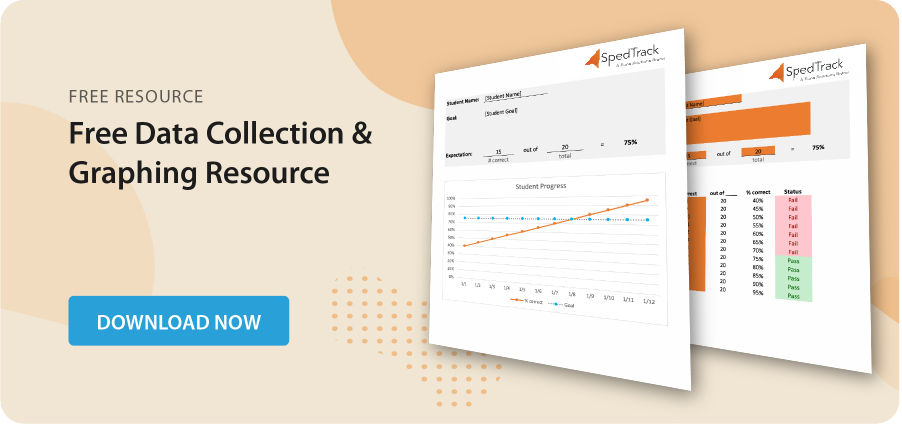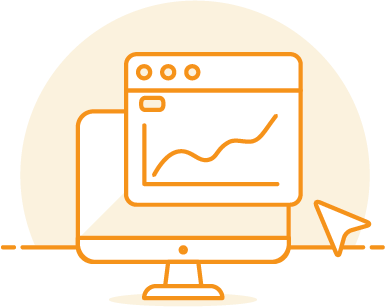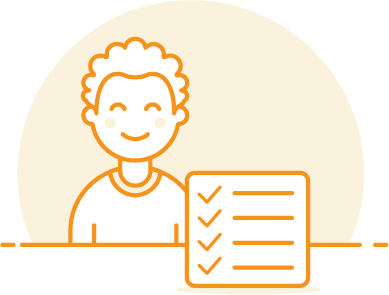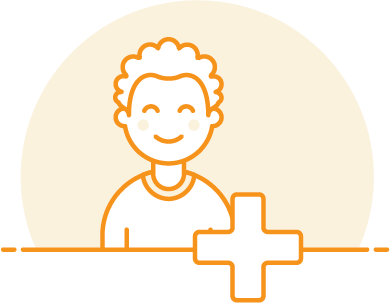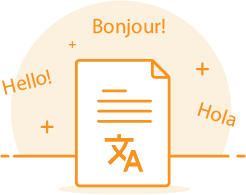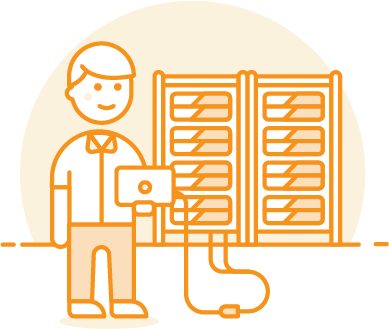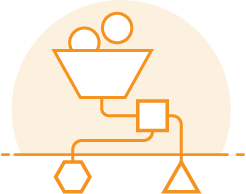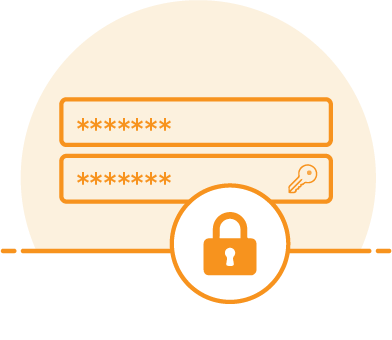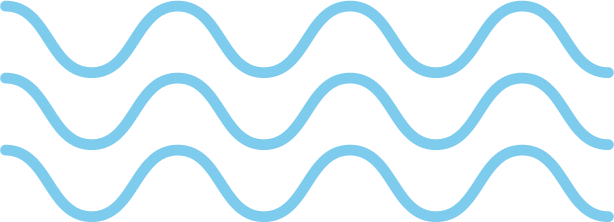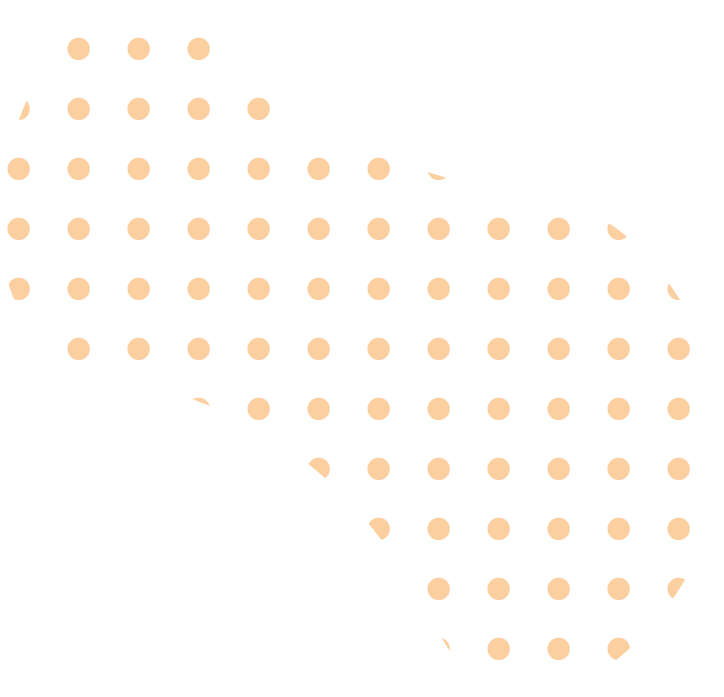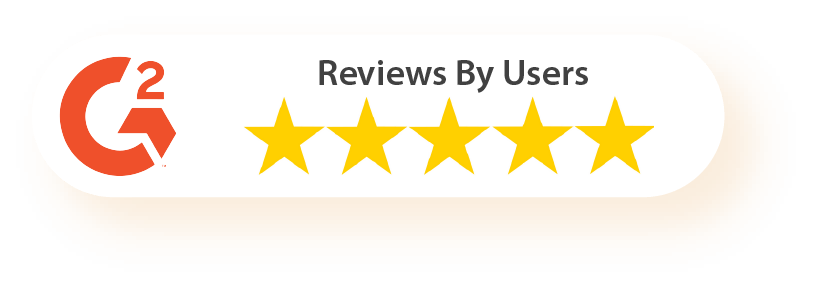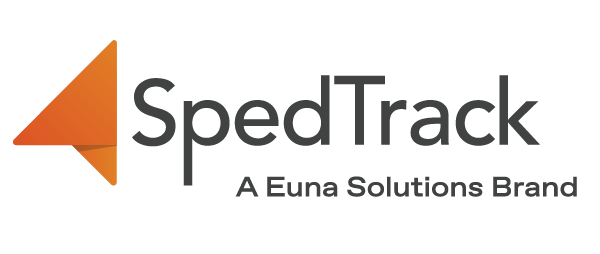What is Progress Monitoring?
Progress monitoring is the systematic and frequent assessment of student progress against their annual IEP goals.
Progress monitoring is vital in special education because it helps educators ensure that learners with disabilities are making adequate progress toward the goals outlined in their Individualized Education Program (IEP). A quality progress monitoring strategy provides quantitative data that can be used to make timely modifications to the child’s school environment, academic program and services provided.
Why is Student Progress Monitoring Important?
After an individual student’s IEP goals have been created by the IEP team, district staff will begin providing services to the student. Robust progress monitoring strategies will have the district regularly collecting data points for each goal and tracking the student’s overall progress towards any learning goals.
Progress monitoring can reveal cases where students are not making adequate progress in order to meet the goal. This can result in proactive instructional changes, with the goal of increasing the student’s progress.
The opposite can also be true, where progress monitoring identifies goals that the student has mastered or cases where the goal needs to be adjusted to be more aggressive than the initial goal set by the IEP team.
The bottom line is that student progress monitoring is critical to ensure that students are making adequate, measurable progress on their IEP goals.
All of this helps to ensure that districts meet their legal requirement to ensure that each students’ needs are being met and they are receiving their minimum educational benefit, which should be “reasonably calculated to enable a child to make progress appropriate in light of the child’s circumstances.”
Endrew F. v. Douglas County School District
Endrew F. v. Douglas County School District is a supreme court case that helps demonstrates the important of progress monitoring. Endrew F. was a student in the Douglas County School District from preschool to Fifth grade. As a fifth-grader, he was diagnosed with autism after showing “severe behavioral issues” in Summit View Elementary School.
His parents decided to enroll him in Firefly Autism, a Denver-based school that specializes in autism, with tuition fees of $70,000 annually. They then decided to seek reimbursement for these costs after claiming that the school district failed to meet its requirements under the Individuals with Disabilities Act (IDEA). They specifically argued that Endrew had been denied the right for Free Appropriate Public Education (FAPE) as stipulated in IDEA.
The main point of contention in this lawsuit was the level of educational benefit that school districts must provide to children with disabilities.
School districts can help avoid this issue by implementing a quality progress monitoring system. By regularly tracking progress, the IEP team can proactively monitor how the child is performing against their IEP goals. This monitoring helps ensure that the student is receiving their educational benefit under the law.
Different Student Progress Monitoring Examples
Student progress monitoring comes in many forms. Some examples are as follows:
- Curriculum-based Measurement Testing (CBM)
- Learning Process Observations
- Formative Assessments
- Computer Adaptive Testing (CAT)
Curriculum-based Measurement Testing (CBM)
Curriculum-based Measurement Testing (CBMs) provide standardized procedures for testing and scoring.
They are a widely-used method to track student progress, and were initially developed to measure student growth and progress in a quick, repeatable, and budget-friendly way.
CBMs are often timed to measure the student’s level of mastery under time pressure. They also cover the materials used throughout the school year; the learning contents appear on their tests and quizzes, albeit in different forms and question types.
Administered by the classroom teacher, CBMs can be used to repeatedly measure student progress and the effectiveness of the student learning experience. These CBM measures can be directly referenced in IEP goals and decision-making, and tracked/graphed in a progress monitoring solution.
Learning Process Observations
Observation is another way to monitor a student’s rate of progress. Observation can occur during one-on-one interactions between the special education teachers and learners or during group sessions.
The idea is that with individual sit-downs and “alone teacher time,” the student can feel more comfortable going through their achievements, needs, and challenges.
Learning process observations also allow special education teachers to pick up verbal and non-verbal signals on the student’s learning experience and how they view their progress.
Spending time with individual learners provides a conducive environment for a joint review of the student’s progress (or lack thereof). The special education teacher can track and log behaviors and make suggestions for improving the learning experience, alongside positive reinforcement and encouraging words for the student.
Formative Assessments
Formative assessments are a form of student progress monitoring that provides a feedback loop for both teachers and students. They are great for ensuring that the teaching methods remain effective and that the learning experience stays relevant.
Formative assessments are characterized by their ongoing nature, as opposed to summative assessments which are given at the end of a course or a school year.
Computer Adaptive Testing (CAT)
Computer Adaptive Testing (CAT) was created as an alternative to traditional assessments described above.
CATs adjust to the student’s skill level and measures overall progress and student achievement. They are administered based on the student’s current grade level, with its algorithm automatically adjusting the questions based on the student’s earlier answers—they get easier or harder questions based on the number of correct responses.
While they have been helpful in assessing grade and achievement levels in reading and mathematics, CATs are another way to engage in progressing monitoring. There is currently very little evidence and research on their effectiveness.
Effective Progress Monitoring Tools
Having the right tools in your arsenal empowers student progress monitoring.
SpedTrack’s suite of progress monitoring tools can help you demonstrate the efforts taken to help the students meet their IEP goals, track student performance with data points, and easily run reports on students’ progress.
With SpedTrack, you have access to:
- Dashboards that pull student information from multiple components in one screen while allowing you to record progress monitoring data, print forms, address errors, and customize your reports
- Rapid data entry, which allows you to easily enter multiple data points for individual students or a group of students
- Predictive graphing, which not only tracks the student’s current progress but also predicts their performance based on a trend line, helping your staff understand if a student is on track to meet their goals
- Data point validation scans for potential errors, catching potentially incorrect information and notifying you when it happens
Upgrade Your Student Progress Monitoring with SpedTrack
SpedTrack’s robust suite of progress monitoring tools can simplify special education for you.
Contact us to learn more about the benefits of putting all your progress monitoring and student data in one centralized location.
